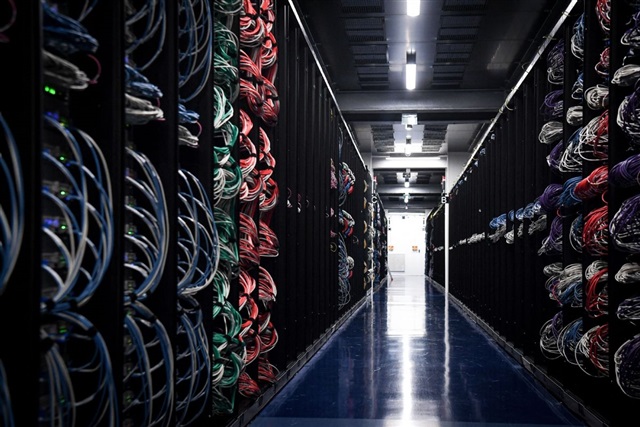
Gallium nitride (GaN) has not been able to gain much traction compared to silicon carbide (SiC), another power semiconductor material. In May, US-based Efficient Power Conversion Corporation (EPC) sued Chinese Innoscience Technology for GaN patent infringement. How the lawsuit will affect the development of GaN remains to be seen.
Supply chain sources said the costs of GaN devices are less competitive than those of silicon-based products. Moreover, GaN is less reliable than SiC, which can endure high voltage and electric currents.
According to Chinese media reports, GaN did not have explosive growth in the past 10 years due to factors like market demand and the need for a high technical level. GaN has not become indispensable in any scalable application.
The US Department of Energy estimated that Si took up 95% of the global electronics and electricity market in 2022 and will see its market share drop to 80% in 2028. SiC is expected to grow from less than 5% in 2022 to 17% in 2028. GaN will account for 3% of the market in 2028.
Sources said GaN has high-frequency features compared with Si and SiC. The technology has potential in industrial, automotive and aerospace applications. However, it requires advanced techniques, which is why the costs are expensive.
China has been developing GaN technology for years. Industry leader Innoscience has reached breakthroughs in market size and cost competitiveness and plans to expand overseas.
However, EPC filed complaints in US federal court and the US International Trade Commission (ITC) against Innoscience in May, impacting the latter’s expansion plans. Many US and Europe-based customers were said to delay their cooperation with Innoscience to prevent themselves from disruptions generated by the lawsuit.
Whether the case will facilitate non-Chinese companies in developing GaN and help GaN devices gain more traction is worth the attention.
International IDMs like Infineon and On-Semi have been dominating the Si segment. China-based companies could grow Si power components with strong domestic demand from the industrial and automotive sectors.
Chinese companies also have put much effort into SiC development. Some of them have built partnerships with leading IDMs like Infineon, STM and Bosch. SiC material suppliers can take the opportunity to set a foothold in the global market. Chinese SiC suppliers are challenging competitors in other areas and even IDM’s SiC crystal growth facilities.
While Chinese companies have intensified the competition in the Si and SiC segments, EPC’s lawsuits against Innoscience created a barrier for them in the GaN field. That may be why international IDMs have been desperate for partners and are trying to become one of the top 3 players in Si, SiC and GaN segments, just like Infineon.
